Last updated: June 27, 2017
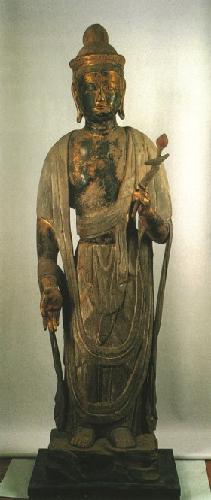
Statue of Kanzeon Bodhisattva at Koshoji Temple
At Koshoji Temple in Sakahama, which belongs to the Buzanha school of the Shingon sect, there is a standing statue of Kanzeon Bodhisattva, which is designated as a cultural property by the Tokyo Metropolitan Government. . This Buddha statue was originally the principal image of Myofukuji Temple (now an abandoned temple) located on the same slope, but it is said that it was moved to Koshoji Temple after the temple was abandoned. It is currently enshrined in the Jizo Hall of Koshoji Temple. It is believed to have been created in the late Heian period (around the first half of the 12th century), and is said to be the oldest and most valuable Buddhist statue in the city, along with the Amida Triad at Jōrakuji Temple.
This Buddha statue is made of one piece of wood using zelkova wood, and is 155.5 centimeters tall. He stands upright on a pedestal, his right hand hanging down with his palm facing forward, and his left hand bent forward holding a lotus flower. The head is tied with a topknot, and the eyes are made of carved eyes. A striped robe hangs from the left shoulder to the right armpit, and a tenne hangs from both shoulders, rests on the left and right arms, and hangs on the outside. The flesh is covered with lacquer (lacquer is applied and gold leaf is placed on top), and the hair and clothing are colored, but most of them have now peeled off and there is only a small amount of the base. only remains.
As for the structure, the head and body are carved from a single piece of wood, and no internal hollowing (cutting out the inside of the statue) is done. The parts beyond the elbows, the loose parts of the robe, the tips of the feet, and the belongings are thought to be works of later generations.
It is made using an old technique called ichibokuzukuri, but the gentle expression of the folded eyes and the shallow lines of the clothes are reminiscent of the Fujiwara period (late Heian period). period) characteristics are recognized. However, the Jocho style (Busshi Jocho style), such as the slightly thinner face and the fact that both eyes are quite close to the bridge of the nose. There are also some differences from the elegant and harmonious style of Japanese-style Buddhist statue sculpture completed by Jōchō. Various theories have been put forward regarding the date of its creation, ranging from the middle to the end of the Heian period, but it is believed that it was made of one piece of wood and that it did not fit into the typical Jocho style. It is thought to date from around the first half of the 12th century.
Additionally, the zushi that houses the statue of Kanzeon Bodhisattva has undergone major changes in recent repairs; Based on the sculptural style of the frog, it is thought to be a building from the late 17th to early 18th century, and together with the statue of Kanzeon Bodhisattva, it is considered a valuable cultural property.
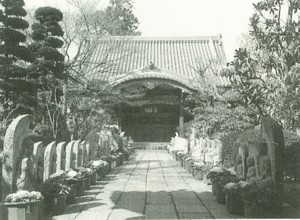
Main hall of Koshoji Temple
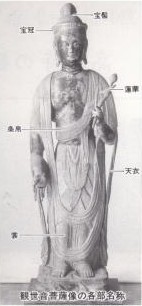
Name of each part of Buddha statue
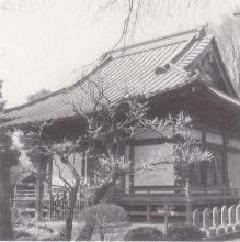
Jizo-do Hall where Kanzeon Bodhisattva is enshrined
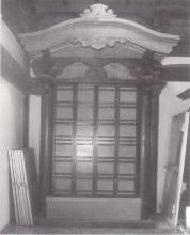
Zushi (inside Jizo-do Hall) where the Kanzeon Bodhisattva statue is enshrined
Inagi City Education Department Lifelong Learning Division Tel: 042-377-2121